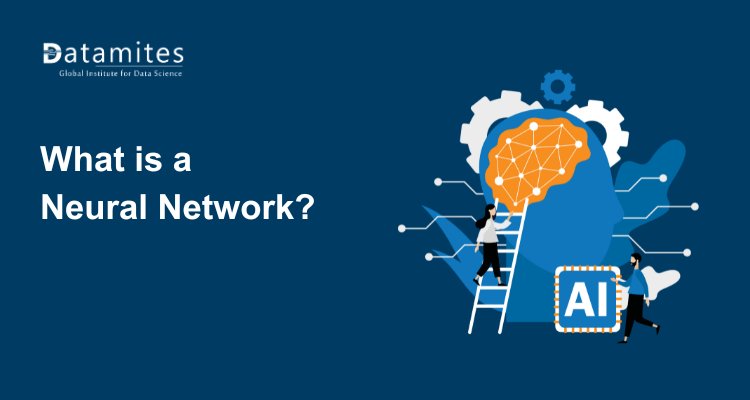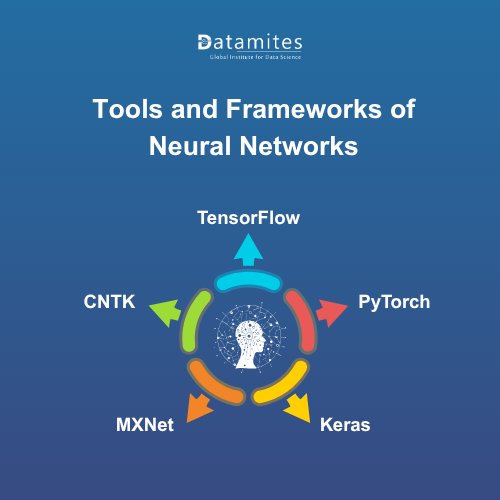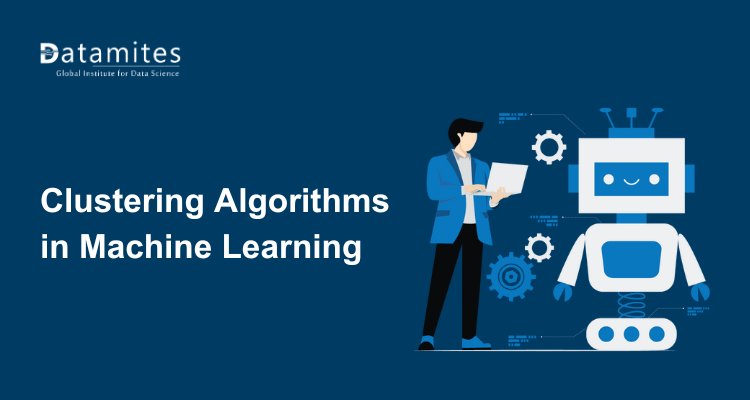What Is a Neural Network? Understanding Deep Learning Basics
Neural networks are designed to recognize patterns, make predictions, and improve through experience by adjusting their internal connections.

Imagine a computer that recognizes faces, understands speech, and writes like a human thanks to neural networks, this is now a reality. These brain-inspired algorithms power today’s AI breakthroughs, from self-driving cars to smart recommendations and language translation. In this blog, we’ll explain what neural networks are, how they work, and why they’re central to deep learning. No complex terms, just simple insights. Ready to explore the brain behind AI? Let’s dive in.
What Is a Neural Network?
A neural network is a computational model inspired by the structure and function of the human brain. Just like our brains use interconnected neurons to process information, a neural network uses a system of nodes (called artificial neurons) arranged in layers. These networks are trained to recognize patterns, make decisions, and perform tasks based on the data they receive.
A neural network is designed to imitate how humans learn. It takes in data, processes it through multiple layers, and generates results. With enough training, it learns from its mistakes and gets better over time. This process forms the core of deep learning. By 2030, AI is expected to increase global GDP by 26%, adding around $15.7 trillion to the world economy.
Refer these below articles:
- How to Build Your First Machine Learning Model?
- Best Programming Languages for Artificial Intelligence Development
- AI in Everyday Life
Types of Neural Networks
There are several types of neural networks, each suited for different tasks. Here are the most common:
1. Feedforward Neural Networks (FNNs): The simplest type, where data flows in one direction from input to output. Commonly used for straightforward pattern recognition.
2. Convolutional Neural Networks (CNNs): Ideal for image and video processing. CNNs use filters to detect patterns like edges, colors, and shapes in visual data.
3. Recurrent Neural Networks (RNNs): Best for sequential data such as time series, speech, or text. RNNs have memory, meaning they consider previous inputs when making predictions.
4. Generative Adversarial Networks (GANs): Used to generate new, synthetic data. GANs are popular in creative applications like generating art or realistic photos.
5. Transformers: A recent breakthrough in natural language processing (NLP). Transformers power AI models like ChatGPT, BERT, and Google Translate.
How Neural Networks Work
To understand how neural networks function, let’s break it down into a few core components:
1. Input Layer: This layer receives raw data. For instance, pixels from an image or words from a sentence.
2. Hidden Layers: These layers perform complex computations. Each node in a hidden layer is connected to every node in the next layer, and they apply mathematical functions to the input data to extract patterns.
3. Activation Functions: Functions like ReLU, Sigmoid, or Tanh introduce non-linearity, allowing the network to learn complex relationships.
4. Output Layer: Based on the computations and learned patterns, the final result or prediction is delivered here.
5. Training and Learning: Neural networks learn using a process called backpropagation, which adjusts the weights of connections based on the error between predicted and actual outputs. Optimizers like gradient descent help minimize this error during training.
Read these below articles:
Real-World Applications of Neural Networks
Neural networks have a wide range of practical uses across various industries:
1. Healthcare: From detecting tumors in medical images to predicting patient diagnoses, neural networks are enhancing the accuracy and speed of healthcare delivery.
2. Finance: Banks and financial institutions use them for fraud detection, risk assessment, and even algorithmic trading.
3. E-commerce and Marketing: Online platforms rely on neural networks to deliver personalized product recommendations and targeted ads based on user behavior.
4. Autonomous Vehicles: Self-driving cars use deep learning models to recognize objects, navigate roads, and make real-time decisions.
5. Natural Language Processing (NLP): Neural networks power chatbots, translation tools, and voice assistants by enabling machines to understand and generate human language.
Tools and Frameworks for Building Neural Networks
According to Grand View Research, the global wearable AI market was valued at USD 26.88 billion in 2023 and is expected to reach USD 166.47 billion by 2030, growing at a CAGR of 29.8% (2024–2030). Building and deploying neural networks requires powerful tools that support large-scale data processing, training, and deployment. Here’s a quick overview of popular tools categorized by their key functions and use cases.
1. TensorFlow
- Developer: Google Brain
- Language: Python (with support for C++, Java, and JavaScript)
- Use Case: Research and production-level deep learning
a. Features:
- Offers both low-level operations and high-level APIs (via Keras)
- Scalable across CPUs, GPUs, and TPUs
- TensorBoard for real-time visualization
- Suitable for deploying models to mobile and embedded devices
b. Common Applications: Image recognition, natural language processing (NLP), time-series forecasting
2. PyTorch
- Developer: Facebook AI Research (FAIR)
- Language: Python (with some C++ support)
- Use Case: Academic research and prototyping
a. Features:
- Dynamic computational graphs (eager execution)
- Strong community support for academic and research use
- Native integration with Python libraries like NumPy and SciPy
- Supports ONNX (Open Neural Network Exchange) for model export
b. Common Applications: Computer vision, generative models, NLP
3. Keras
- Developer: François Chollet (now part of TensorFlow)
- Language: Python
- Use Case: Rapid prototyping and experimentation
a. Features:
- High-level neural networks API
- Runs on top of TensorFlow (default backend), Theano, or CNTK
- Simple and user-friendly syntax
b. Common Applications: Educational tools, quick model building
4. MXNet
- Developer: Apache Software Foundation (with contributions from Amazon)
- Language: Python, Scala, R, Julia, C++
- Use Case: Scalable deep learning on multiple GPUs and cloud systems
a. Features:
- Lightweight and efficient
- Supports symbolic and imperative programming
- Optimized for production deployment
b. Common Applications: Cloud-based inference systems, large-scale distributed training
5. CNTK (Microsoft Cognitive Toolkit)
- Developer: Microsoft
- Language: Python, C++, C#
- Use Case: Speech recognition, NLP, deep learning at scale
a. Features:
- Optimized for performance on Windows systems
- High efficiency with GPU acceleration
- Support for both RNNs and CNNs
b. Common Applications: Chatbots, speech-to-text systems, computer vision

Neural networks are the cornerstone of modern AI and deep learning. By mimicking the human brain’s functionality, these models can recognize patterns, make predictions, and continuously improve through learning. Whether it's facial recognition, medical diagnosis, or autonomous driving, neural networks are reshaping industries and opening up limitless possibilities.
If you're aiming to gain deeper insights and hands-on experience in real-world AI applications, joining an artificial intelligence institute in bangalore can be an excellent first step. With the demand for AI talent on the rise, developing expertise in neural networks can open the door to a future-ready and rewarding career.
DataMites is a well-established training institute known for its comprehensive programs in Data Science, Artificial Intelligence, Machine Learning, and Python. With accreditations from respected organizations like IABAC and NASSCOM FutureSkills, DataMites stands out for its strong presence in major Indian cities, including Artificial Intelligence Institute in Chennai, Bangalore, Hyderabad, Pune, Ahmedabad, Coimbatore and Mumbai. The Courses combine theory with practical training, featuring capstone projects, internships, and placement assistance, including resume building and interview preparation.





